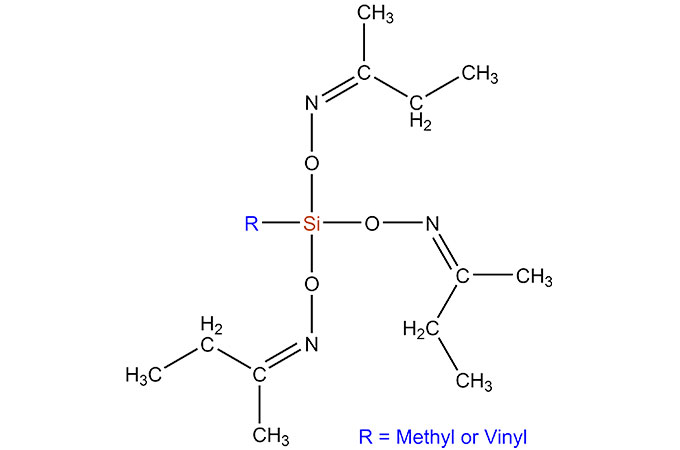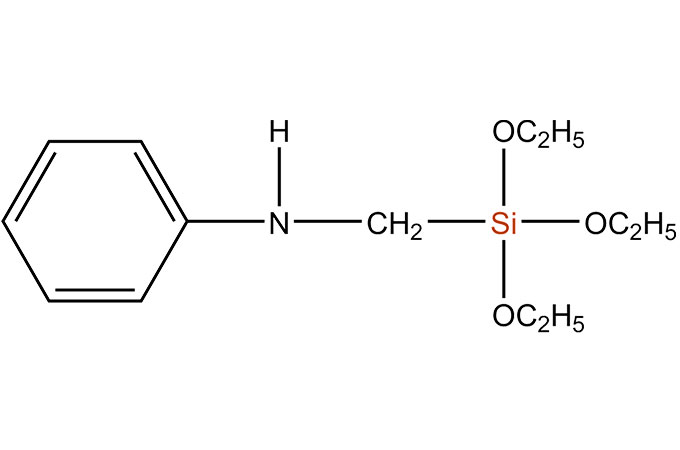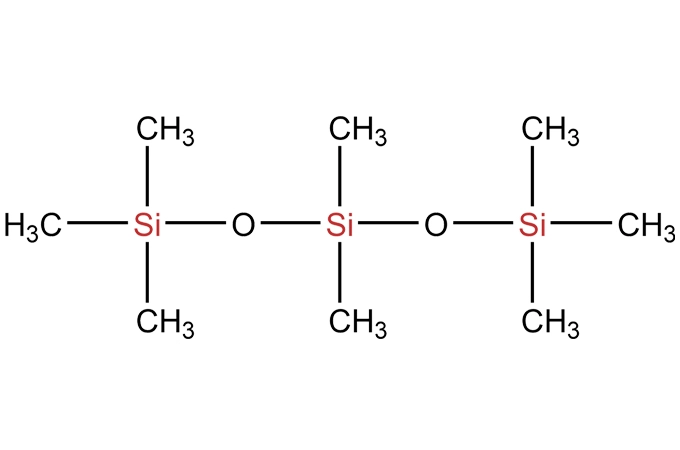Ⅰ. What is silane coupling agent
Silane coupling agent is a kind of low molecular organosilicon compound with special structure, its general formula is RSiX3, where R stands for amino, mercapto, vinyl, epoxy, cyano and methyl acryloxy. These groups and different base resins have strong reactivity, X represents a hydrolyzable group, such as halogen, alkoxy, acyloxy and so on. Therefore, the silane coupling agent can not only interact with the hydroxyl in the inorganic substance but also with the long molecular chain in the organic polymer, so that two materials of different properties can be coupled, thereby improving the various properties of biological materials. Therefore, it is widely used in rubber, plastics, filled composite materials, epoxy packaging materials, elastomers, coatings, adhesives and sealants.
Ⅱ. Application of silane coupling agent
1. Used as an agent of silane treatment for surface: mainly used for the surface treatment of glass fiber, silane coupling agent can improve the bonding performance of glass fiber and resin, and greatly improve the strength, electrical, water resistance, weather resistance and other properties of glass fiber reinforced composite materials; Even in the wet state, the mechanical properties of the composite material can be significantly improved.
2. Used for filling plastics with inorganic fillers: silane coupling agent can be used to pre-treat the surface of the fillers, or it can be directly added to the resin. It can improve the dispersion and adhesion of the filler in the resin, improve the process performance and improve the mechanical, electrical and weather resistance properties of the filled plastic (including rubber).
3. Used as a tackifier for sealants, adhesives and coatings: silane coupling agents produced by SiSiB silane china can improve the bonding strength, water resistance, high temperature resistance, and weather resistance of sealants, adhesives and coatings.
4. Used as an adhesion promoter: it is used as an adhesion promoter for difficult-to-adhesive materials such as polyolefin (such as PE, PP) and special rubber (such as silicone rubber, EPR, CR, fluorine rubber).
5. Used as textile auxiliaries: silane coupling agent and silicone emulsion can be used together to improve the wearing performance of commercial textiles. The fabric has the advantages of softness, fullness, good resilience, anti-wrinkle, waterproof and anti-static, washable, comfortable to wear and so on.
6. Used in biochemistry and environmental protection: Silane coupling agent is an important raw material for preparing silicone resin immobilized pancreatic enzyme carrier. In addition, the immobilized enzyme can be made insoluble in water, and the solid-phase enzyme that is not inactivated can be used after being filtered, which not only improves the utilization rate of biological enzymes, but also avoids pollution and waste.
Used for "dentures" molding: Dentures in dentistry are generally made of modified methacrylate polymers and fillers. In order to improve the adhesion between them and increase the strength and rigidity of the "denture", KH-570 silane coupling agent is added to the formula before it is cured. In addition, silane coupling agents are also widely used as waterproofing agents, crosslinking agents, metal preservatives, glass and ceramic protective agents, fiber and leather finishing agents, and petroleum development and transportation aids. Some coupling agents (such as -aminopropyltriethoxysilane, -chloropropyltriethoxysilane) are non-flammable when exposed to open flames, and can also be used as combustion-supporting agents.
 English
English 日本語
日本語 한국어
한국어 français
français Deutsch
Deutsch Español
Español italiano
italiano русский
русский português
português العربية
العربية tiếng việt
tiếng việt


